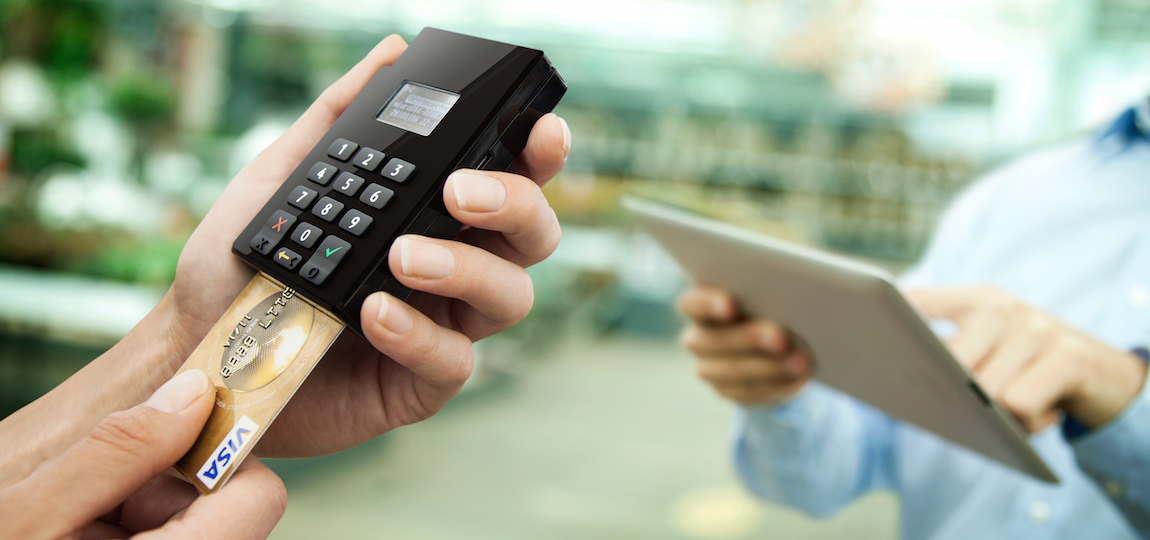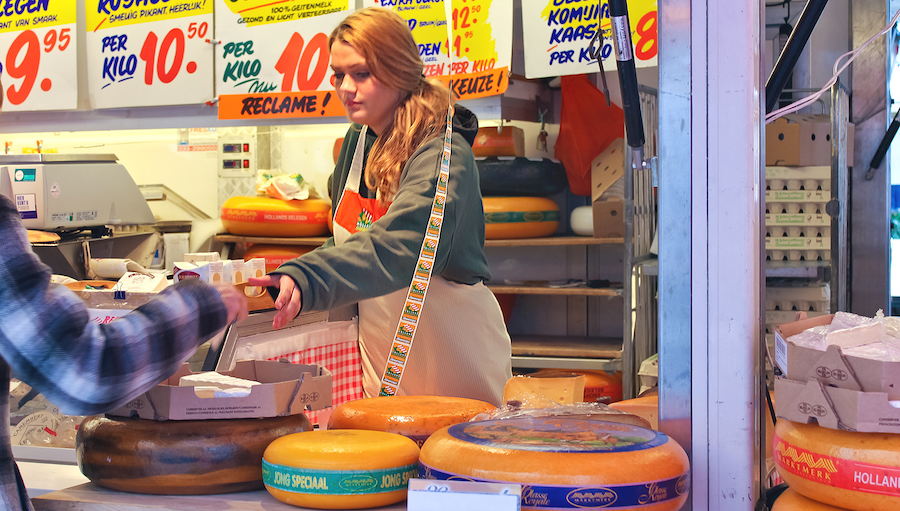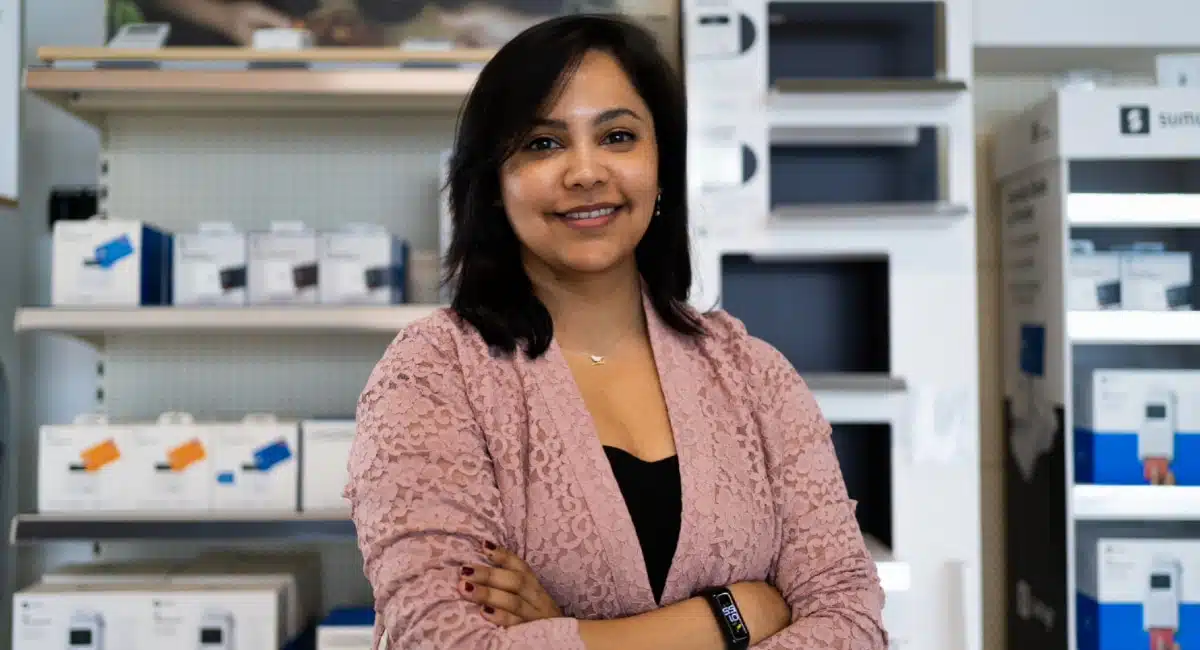Holland’s mobile payment market just got “agglomerated” in the fall of 2014, when Swedish iZettle stepped in as the fourth mobile payment service provider, joining Payleven, SumUp, and Adyen Shuttle.
For small business owners, sole traders, non-profits or individuals who want to accept debit and credit cards without the bureaucracy and higher monthly cost of a standard payment terminal, there are now enough good options to consider. We’ve decided to have a look at the options small businesses have in the country.
The technical requirements are similar for all of them — you need an iOS or Android smartphone, a Chip & PIN reader, a free app and an Internet connection via WiFi or 3G/4G. What sets the offerings apart is price, app functionality and customer service. In this article, we will look into the price factor.
The cost of using mobile POS systems in the Netherlands
To start accepting credit cards on your smartphone, you need an app — available for free from the App Store or Google Play — and a chip and PIN reader.
In the Netherlands, the most expensive card reader comes from the Dutch Adyen Shuttle for €99.
Payleven and SumUp offer their chip & PIN card readers for the same €79. Although iZettle charges the same price for the Pro device, the service provider is now offering its Lite reader for free. The campaign kicked off in February 2015.
Dutch readers, see: iZettle review – Ideale pinautomaat voor kleine zelfstandigen

iZettle Lite reader offered free in the Netherlands.
On top of the one-off “investment,” there are, with the exception of Ayden, no monthly fees. Users only pay a percentage of actual sales volume through the reader.
iZettle charges a flexible rate of 1.5% to 2.75% per transaction, depending on the volume. SumUp’s business strategy is to charge one flat fee of 1.95% per transaction, while Payleven also went with a flexible rate of 1.5% to 2.75% per transaction.
Dutch readers, see: SumUp review – betaalbare, gemakkelijke manier om betaalpassen te accepteren
The only provider demanding a minimum monthly fee is the Adyen Shuttle. Besides its transaction fees, which depend on the card and the issuer — 9.4 cents per transaction for Maestro cards, 0.15% + 8.5 cents for VPAY, 1.4% for MasterCard, and 1.15% for Visa cards — Adyen charges a €10 monthly service fee as well.
To put these numbers into context, let’s take an average volume of €1,000 per month. If the merchant is using iZettle or Payleven, at the end of the month he or she will pay €27.5 to the service provider. The picture looks different with SumUp: in this case, the fee will be €19.5.

Adyen Shuttle in use. The actual device is the same make as that used by iZettle for its Pro reader and by Payleven.
In Adyen’s case, however, we need to consider that minimum cost of €10, despite the lower rate per transaction, so it all depends on how many transactions he or she had that month. Let’s take €20 as the minimum value of a single transaction and all transactions being processed as the cheaper Maestro option. If the merchant had only 50 transactions, that means the total cost for that month was €14.5, so Adyen is the winner in this scenario.
However, this doesn’t mean that Adyen is the best solution out there, and here is why: if we lower the transaction value to €2 while keeping the same total volume, we get 500 transactions. In this case, the total cost goes up to €55 with Maestro, the double the cost of using iZettle or Payleven, and 2.5 times the cost of SumUp.
Which mobile payment solution to choose?
So in the end, which one to choose from the four mobile payment service providers? Before calling to sign up for any of these services, ask yourself this: what’s your projected average transaction volume per month? If you have that number, you have the right mPOS provider as well.
Dutch readers may want to read: iZettle of Payleven of SumUp?




